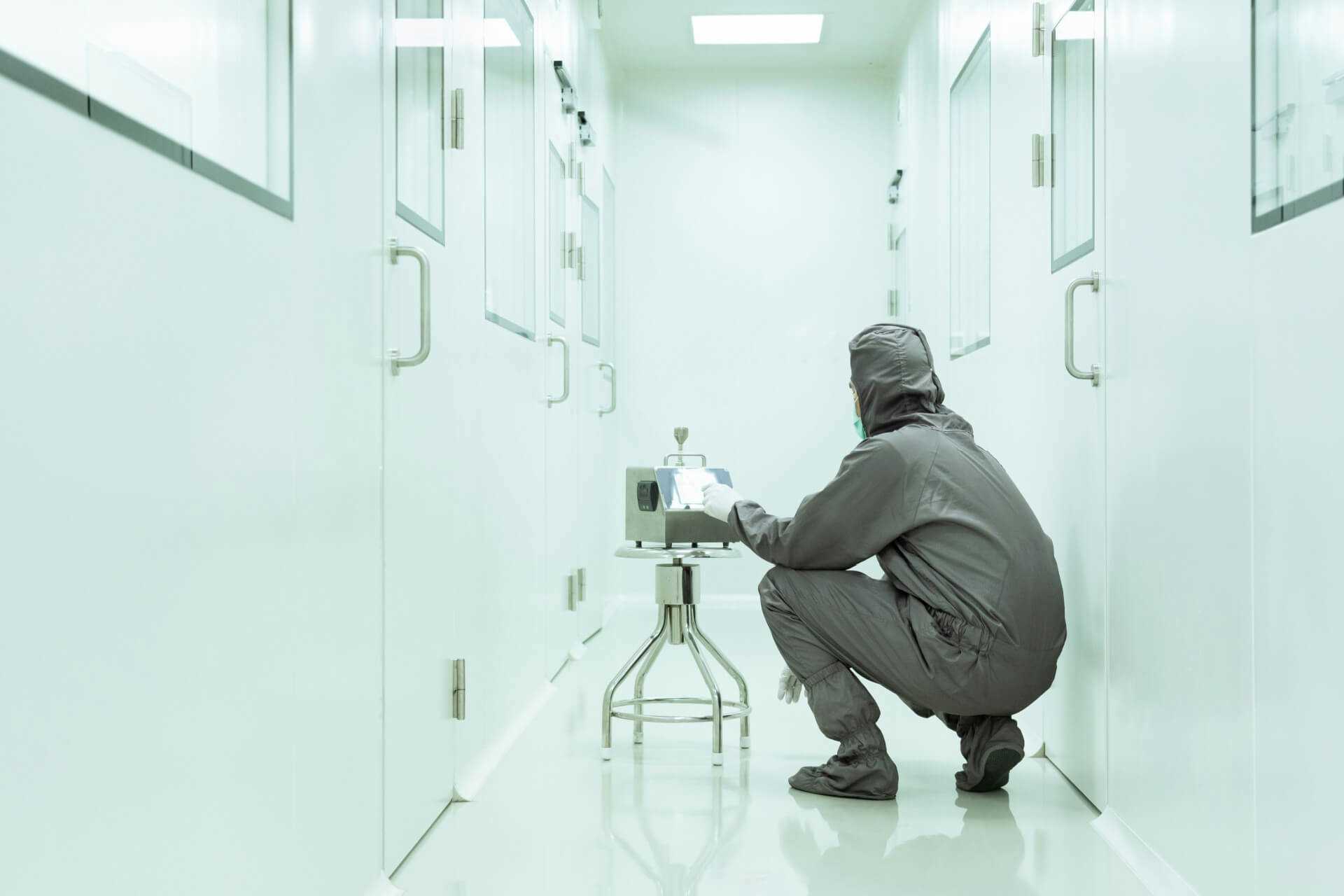
Sustainable Practices in Cleanroom Design and Operation
In an era where environmental sustainability is becoming as crucial as operational efficiency, cleanroom operations are evolving to adopt more eco-friendly practices. Sustainable cleanroom design and operation not only help reduce environmental impact but also often lead to cost savings and improved system efficiencies. This blog explores various sustainable practices that are reshaping the landscape of cleanroom technology.
The Importance of Sustainability in Cleanrooms
• Reduced Environmental Impact: Cleanrooms are energy-intensive environments. Incorporating sustainable practices significantly reduces their ecological footprint.
• Compliance and Market Demand: Increasingly, industries are required by law to reduce waste and energy consumption. Additionally, there's a growing market demand for environmentally responsible manufacturers.
Energy-Efficient HVAC Systems
• Advanced HVAC Technologies: Modern HVAC systems designed for cleanrooms are focusing on energy efficiency without compromising the control of particulates. Techniques such as variable air volume (VAV) systems adjust the air flow based on the actual need, reducing energy consumption.
• Heat Recovery Systems: Implementing heat recovery ventilators (HRVs) and energy recovery ventilators (ERVs) can significantly reduce the energy needed to heat or cool cleanrooms, recycling air and maintaining strict temperature and humidity controls.
Sustainable Building Materials and Construction
• Eco-Friendly Materials: Utilizing low-emitting materials that have minimal impact on indoor air quality and are sourced sustainably. These materials include recycled, renewable, or certified products that support a healthier environment.
• Design for Minimal Environmental Impact: Designing cleanrooms with sustainability in mind involves choosing construction methods and layouts that optimize the use of space and resources, reducing waste and energy use during construction and operation.
Waste Reduction and Management
• Recycling Protocols: Implementing strict recycling protocols for disposable and consumable items used in cleanroom operations.
• Chemical Management: Reducing the use of hazardous chemicals in cleaning and maintenance where possible, and implementing strict control measures for storage and disposal to minimize environmental contamination.
Water Conservation Techniques
• Water Recycling Systems: Introducing systems that treat and reuse water for non-critical applications, such as cooling and heating, which can substantially reduce the cleanroom’s overall water consumption.
• Efficient Cleaning Methods: Employing cleaning techniques that require less water and using water-efficient equipment to maintain cleanliness standards.
Sustainable practices in cleanroom design and operation are not just about meeting regulatory requirements or reducing costs—they are about taking responsibility for the planet while maintaining the highest standards of cleanliness and contamination control. As technology advances, the potential for incorporating sustainability into even the most stringent environments like cleanrooms becomes more feasible. Vibraclean is committed to leading the charge in sustainable cleanroom solutions, helping clients to achieve both their environmental and operational goals.
